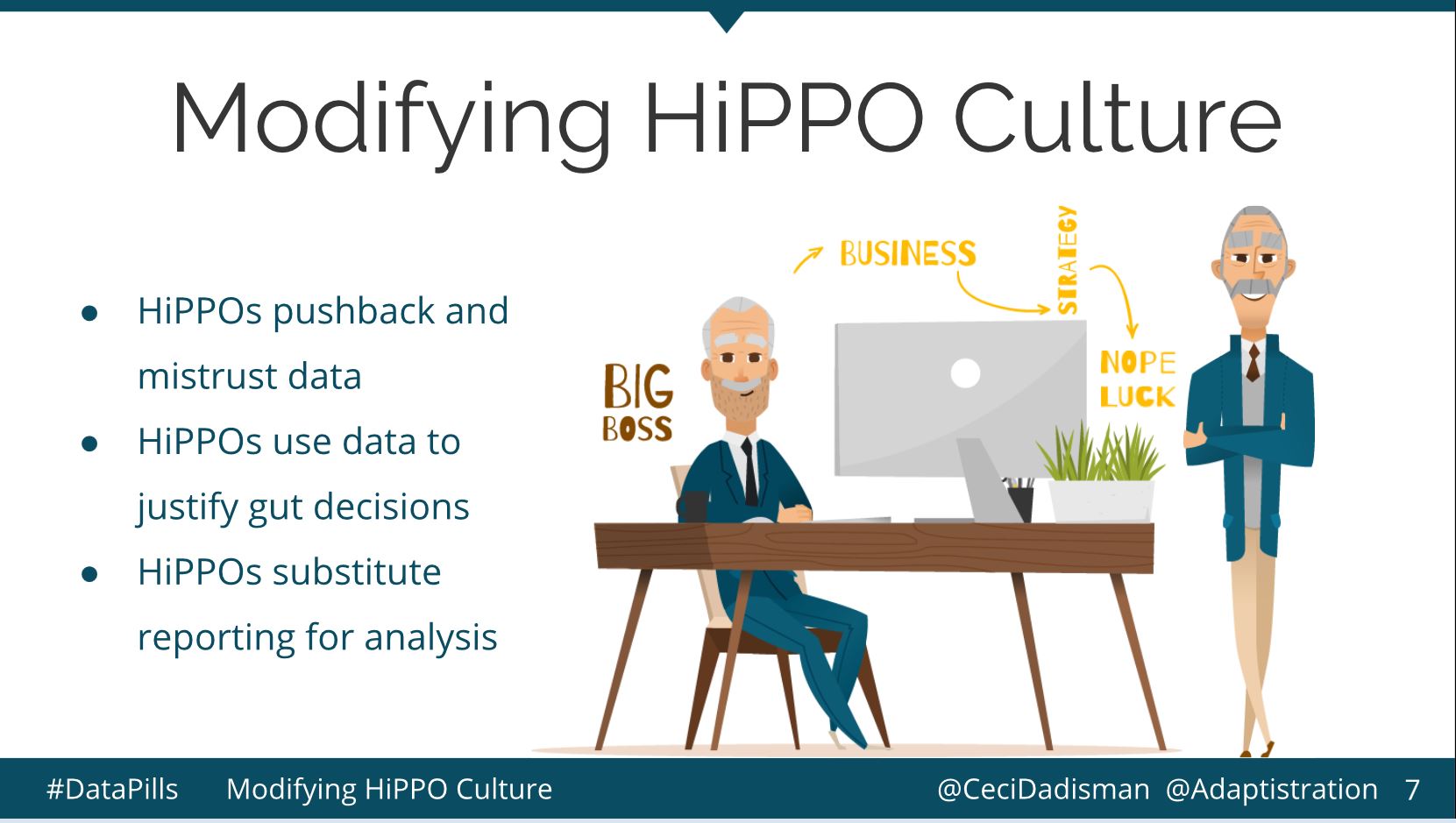Last month NPR had a story discussing how lawyers were sending ads for their services to people in hospital emergency rooms thanks to technique known as geofencing which allows one to identify cellphones entering to certain geographic area.
Geofencing is something retailers use to offer you coupons when you approach the area of their shops. The use around hospitals raises some privacy concerns. Everyone in the hospital is bound by law not to reveal information about your visit, but those gathering information from your phone signal are not.
Once someone crosses the digital fence, Kakis says, the ads can show up for more than a month — and on multiple devices.
To Kakis, this is just modern-day target marketing. In his pitch to potential clients, in an email reviewed by WHYY, he calls the technology “totally legit.”
But Massachusetts’ attorney general, Maura Healey, offers a different response.
“Private medical information should not be exploited in this way,” Healey says. “Especially when it’s gathered secretly without a consumer’s knowledge, without knowledge or consent.”
This type of service is widely available and can be used for all sorts of useful purposes. If you can see that people attending your events are also frequenting various restaurants and other businesses in your area you are able to take any number of actions like coordinating promotions with the businesses or providing evidence of economic activity in your community.
You can also geofence other arts organizations in your region as a way to identify people who are inclined to participate in arts and cultural activities and provide them with information about your own activities.
Of course, the technology can assist in some questionable practices as well. You might send general ads about “high quality performances at half the price and free parking” to people who have visited an arts organization in your area that charges higher pricing. Or you could directly disparage other organizations with people who enter or pass near their buildings.
As I understand it, you currently need to provide ad content to a service provider who sets up your ads in the same way a broadcaster might. By which I mean, it has to pass through human hands and they could potentially nix something as blatant as “Why are you walking into that crappy theater when you could be in a modern facility that allows you to eat at your seat and has a fun all around atmosphere. There is still time to come to Acme Theater.”
However, I imagine within a handful of years, you will be able to delineate your own geofencing using an online map and upload an ad from your office as you would to a social media site. It may be difficult to track who is attacking your reputation while people are buying food from your snack bar.
Now personally, I don’t see a lot of arts and cultural organizations getting this cutthroat. They may send out something along the lines of “If You Liked The Dali Retrospective, You Might Like….”
However, it wouldn’t be outside the realm of possibility that an electronics business, video streaming service or cable company might geofence your organization and send something like “After a hard day of work do you really want to get back in the car, try to find parking, get home at 11 pm and pay the babysitter when you could stay at home and enjoy being in control of your experience with your gorgeous entertainment system?”
I anticipate that there will be debates about the ethical use of techniques that allow marketers and others to track people’s movements as these practices become more common and wide spread.



Thanks for what you are doing to bring cultural change to the arts. It is so important to represent everyone.…